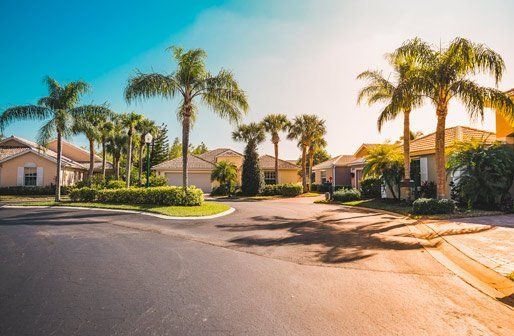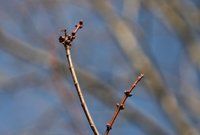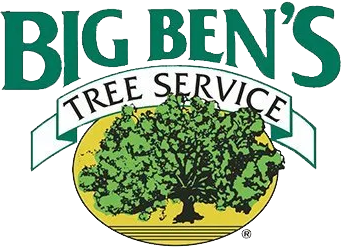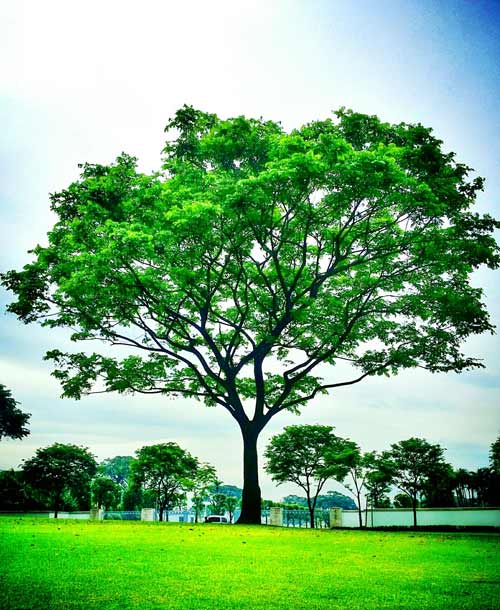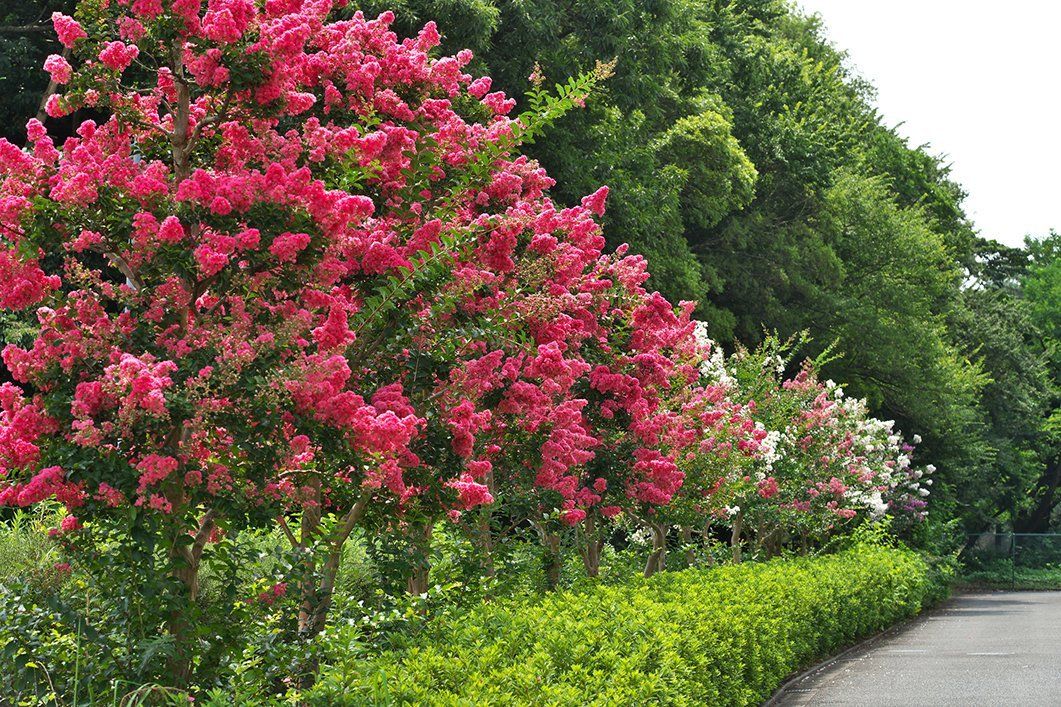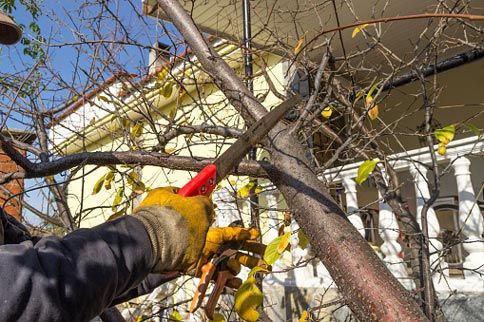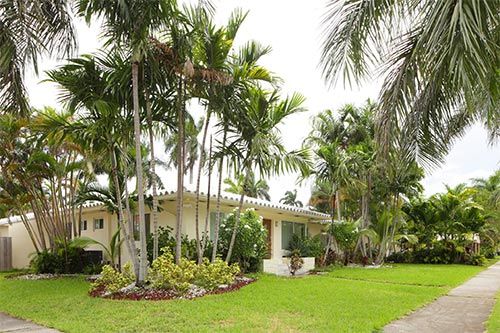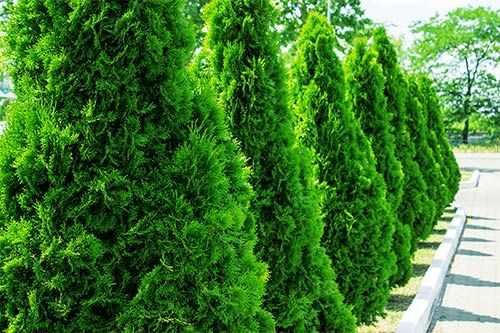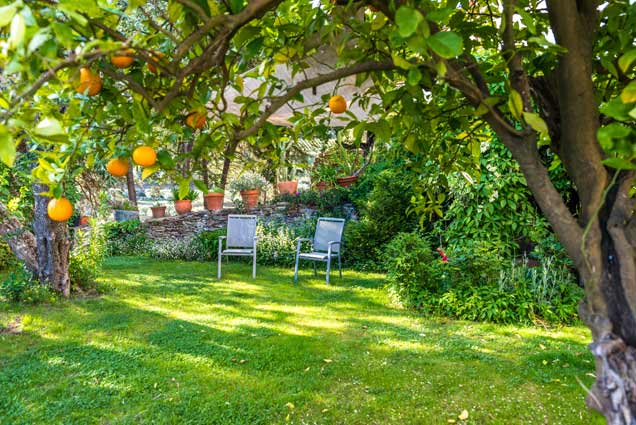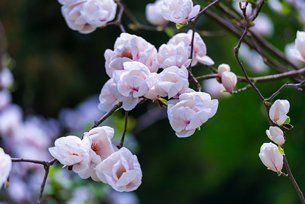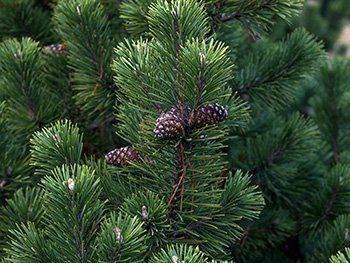Preparing the Hole
A lot of your success in preventing transplant shock will come from properly preparing the site for your tree to be installed. To properly prepare the site, make sure you did a large enough hole to completely cover the entire root ball. Transplanted trees usually come with the roots wrapped in a burlap ball and wire cage to make it easier to move the tree without harming it.
You can measure the root ball with a measuring tape and then dig the hole deep enough for the top of the ball to be a few inches below level with the surrounding ground. You should also dig the hole wide enough that there are a few inches of "give" around the root ball when it is placed inside. This extra space makes it easier to straighten the root ball without causing additional stress to the roots.
Assessing the Soil
Make sure the soil surrounding the hole is suitable for accepting new roots. Soil that has a high clay content will be harder for the tree to push roots into. You can doctor the soil surrounding the planting site by mixing in equal parts of compost and peat moss to add nutrients and make the soil more hospitable for the rapid root growth your tree will need.
Adding more organic matter to the soil will also help with drainage. A planting hole for a tree will hold too much water if the soil does not drain well. The root ball will rot in the ground instead of spreading and establishing new healthy growth.
Test the drainage of the hole with a hose before planting. Fill the hole with several liters of water. If the water is still standing after one or two hours, you'll need to add more sandy material to help your trees survive.
Planting With Care
Once the hole is prepared, planting day arrives. It's best to use heavy machinery to move a tree into a tree hole. Many tree companies can provide a skid steer with chains that attached to the root ball and lowers it into the ground. Larger trees may require a truck that suspends the root ball and lowers it into the ground.
It's too easy to damage the bark on the tree if you're using manpower to lower it. Root balls can weigh several hundred pounds, especially if they are wet. You could break fragile branches while contending with the heavy lower portion of the tree.
Do not plant the tree too deep. The top of the root ball should sit just below the ground. You should be able to cover it with a layer of soil and mulch. Mulch and soil should not bury any portion of the trunk. If a part of the trunk ends up being below ground, you'll need to build up the soil beneath the root ball. When buried, the trunk and bark could rot and kill the rest of the tree.
For more information on helping tree survive transplant shock, contact us at Big Ben's Tree Service.
